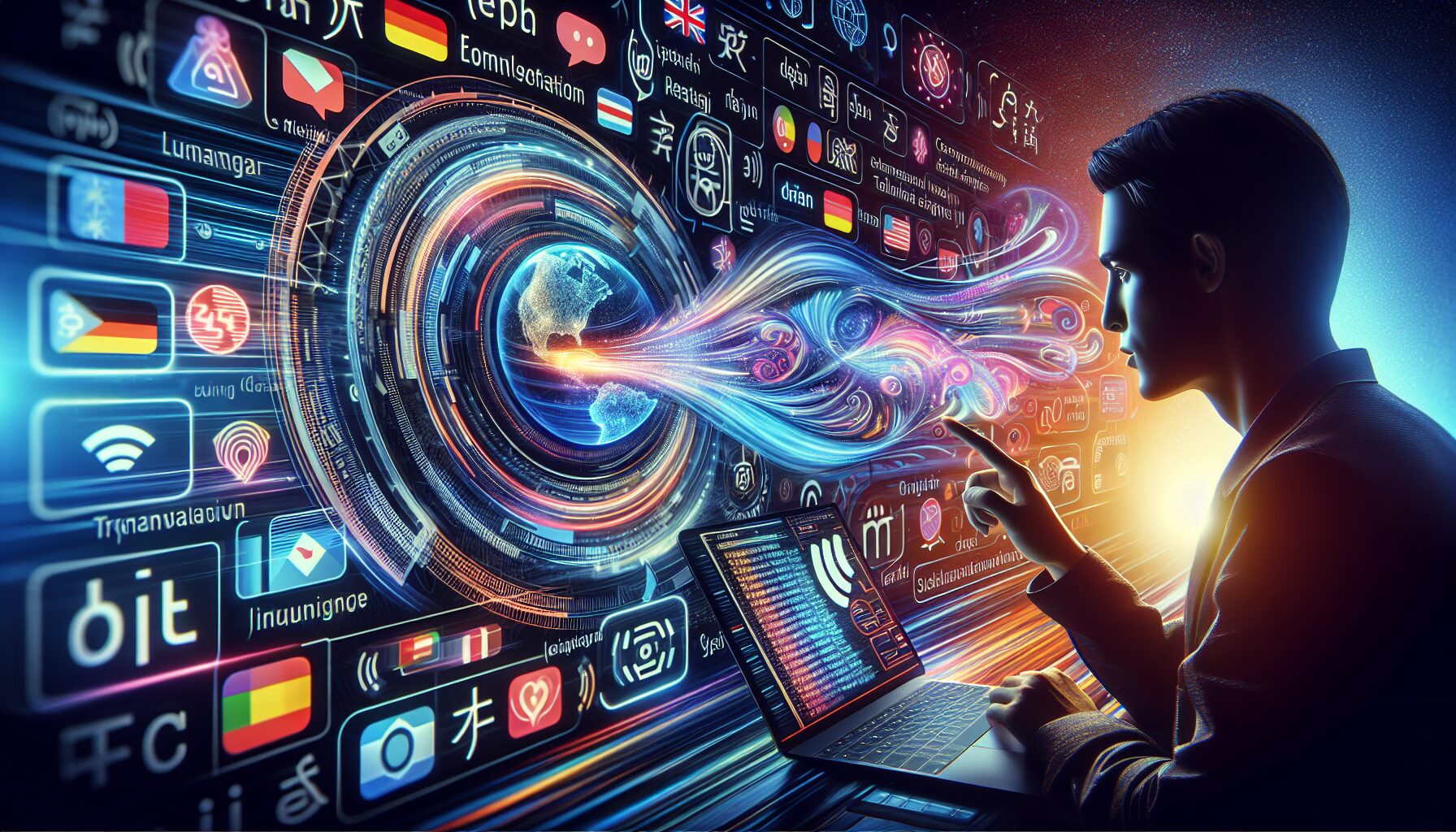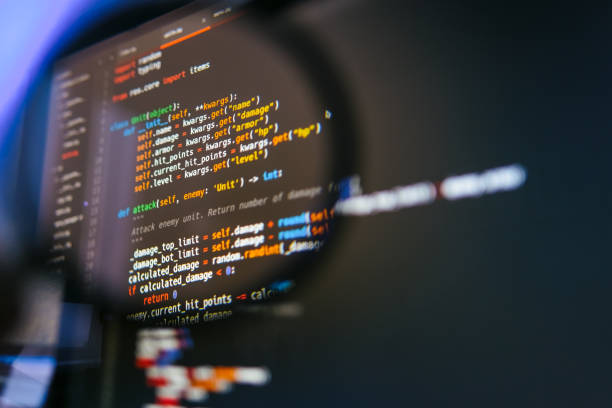In an increasingly interconnected world, the need for effective communication across different languages is more vital than ever. Real-time synchronous translation has become a key technology in breaking language barriers, allowing for seamless interaction in multinational meetings, conferences, and global business operations. However, while the technology is promising, it comes with its own set of challenges that need innovative solutions. This article delves into the complexities of real-time synchronous translation, exploring common challenges and the most effective solutions.
Understanding Real-Time Synchronous Translation
Real-time synchronous translation involves converting spoken language from one language to another instantly. Unlike consecutive translation, where the speaker pauses for the translator, synchronous translation happens simultaneously with the speech, enabling a more fluid and natural communication flow. This type of translation is essential for high-stakes environments such as diplomatic meetings, international business conferences, and live broadcasts.
Key Challenges in Real-Time Synchronous Translation
1. Maintaining High Accuracy Levels
One of the most significant challenges in real-time synchronous translation is ensuring accuracy. Translating spoken language instantly requires not just word-for-word substitution but also an understanding of context, idiomatic expressions, and cultural nuances. Misinterpretation or errors in translation can lead to confusion, miscommunication, and, in some cases, serious diplomatic or business repercussions.
2. Handling Diverse Accents and Dialects
Speakers come from all over the world, each with unique accents, pronunciation, and local dialects. Translating speech in real-time becomes increasingly difficult when translators or translation software encounter unfamiliar or strong accents. This challenge often leads to reduced accuracy and the potential loss of critical information during interpretation.
3. Coping with Rapid Speech
Some speakers naturally speak faster than others, which can be problematic for real-time synchronous translation. Keeping up with rapid speech without compromising the quality of the translation is one of the primary challenges faced by human interpreters and AI-driven translation tools alike. Speed can lead to truncated sentences, missing information, or delayed responses.
4. Managing Technical Issues
Technology forms the backbone of real-time synchronous translation, especially in events where human translators are supported by machine-assisted systems. However, technical issues such as poor audio quality, connectivity problems, or software glitches can disrupt the translation process. The reliance on technology means that even minor issues can have major implications for communication.
5. Handling Cultural Differences
Beyond language itself, real-time translation must account for cultural differences. Cultural references, idioms, and jokes that make sense in one language may not translate well or might be offensive in another. This requires translators to be not only linguistically proficient but also culturally aware to avoid misunderstandings.
6. Fatigue in Human Translators
For human interpreters, the task of translating continuously without pause can lead to fatigue. Mental exhaustion impacts concentration and, ultimately, the accuracy and efficiency of translation. Human translators often work in pairs, switching roles to manage fatigue, but this adds to the logistical complexities of real-time translation setups.
Effective Solutions for Real-Time Synchronous Translation
1. Leveraging AI-Powered Translation Tools
The development of AI-powered translation tools has brought about significant improvements in real-time translation. These tools use natural language processing (NLP) algorithms and machine learning to improve accuracy and adapt to different accents and dialects. Some advanced solutions even include training models that learn from previous translation errors and user feedback to refine their output.
Example: Technologies like Google Translate and Microsoft Translator have made strides in adapting to various speech patterns and improving real-time translation accuracy through deep learning.
2. Integrating Human-AI Hybrid Systems
While AI has come a long way, it still cannot replace the nuance and judgment of a human translator. The most effective solution for high-stakes events is a hybrid system where human translators use AI-assisted tools to enhance their capabilities. This combination allows for the swift processing power of AI while relying on the human translator’s experience for context and cultural sensitivity.
Solution in Practice: Major global organizations often employ this approach during live international conferences where the stakes are high, ensuring both speed and accuracy.
3. Enhancing Training Programs for Human Interpreters
Training for human interpreters should include exposure to a variety of accents and dialects to build their familiarity and improve adaptability. Simulation tools and multilingual audio libraries can be used to prepare translators for diverse linguistic challenges.
Tip: Organizations can invest in continuous professional development programs that teach interpreters to manage fatigue, improve multitasking, and maintain focus under pressure.
4. Investing in High-Quality Audio Equipment
One of the easiest ways to minimize technical disruptions is by investing in top-quality audio equipment. This includes noise-canceling microphones, advanced headsets, and robust sound systems that ensure clarity and minimize miscommunication caused by background noise or low-quality audio.
Pro Tip: Event organizers should prioritize audio testing before going live to identify potential issues and reduce the risk of technical failures during real-time translation.
5. Customizing Translation Software for Specific Contexts
AI translation software often comes with customization options that allow organizations to tailor the technology to specific industries or events. By feeding the software with a glossary of industry-specific terms and phrases, companies can improve translation accuracy and context relevance.
Case Study: Medical conferences benefit from translation software pre-trained with medical terminology, enhancing the quality and precision of live translations.
6. Implementing Multi-Language Support Teams
For complex multilingual events, it’s beneficial to have a team of translators who specialize in different languages. This approach helps cover all language bases while reducing the workload for each translator. Assigning translators based on their area of expertise ensures that all languages are handled by professionals familiar with their specific challenges and nuances.
Insight: This model has proven effective for global events such as the United Nations meetings, where multiple languages are represented and require real-time interpretation.
Future Trends in Real-Time Synchronous Translation
1. Improved AI Algorithms with Real-Time Learning
The next generation of AI translation tools is set to include real-time learning capabilities that allow them to adapt during translation sessions. This feature will enable software to learn from its mistakes as the translation happens, leading to incremental accuracy improvements during live sessions.
2. Greater Integration with Augmented Reality (AR)
AR technology can enhance real-time translation by displaying translated text or subtitles directly within the viewer’s field of vision. This approach has the potential to revolutionize how audiences experience multilingual content during conferences, seminars, and meetings.
3. Voice Recognition Advancements
Advances in voice recognition technology will continue to play a significant role in improving the accuracy and efficiency of real-time translation. With more sophisticated voice recognition, translation tools will be better equipped to handle varying speech patterns, regional accents, and fast-paced dialogue.
Conclusion
Real-time synchronous translation is an essential component of global communication, but it comes with notable challenges such as accuracy, handling diverse accents, rapid speech, and technical issues. Solutions like leveraging AI-powered tools, integrating human-AI systems, investing in high-quality equipment, and enhancing training for interpreters are paving the way for more effective and seamless communication. As technology evolves, the potential for even more innovative solutions promises an exciting future for real-time synchronous translation, making global interactions more accessible and impactful.




